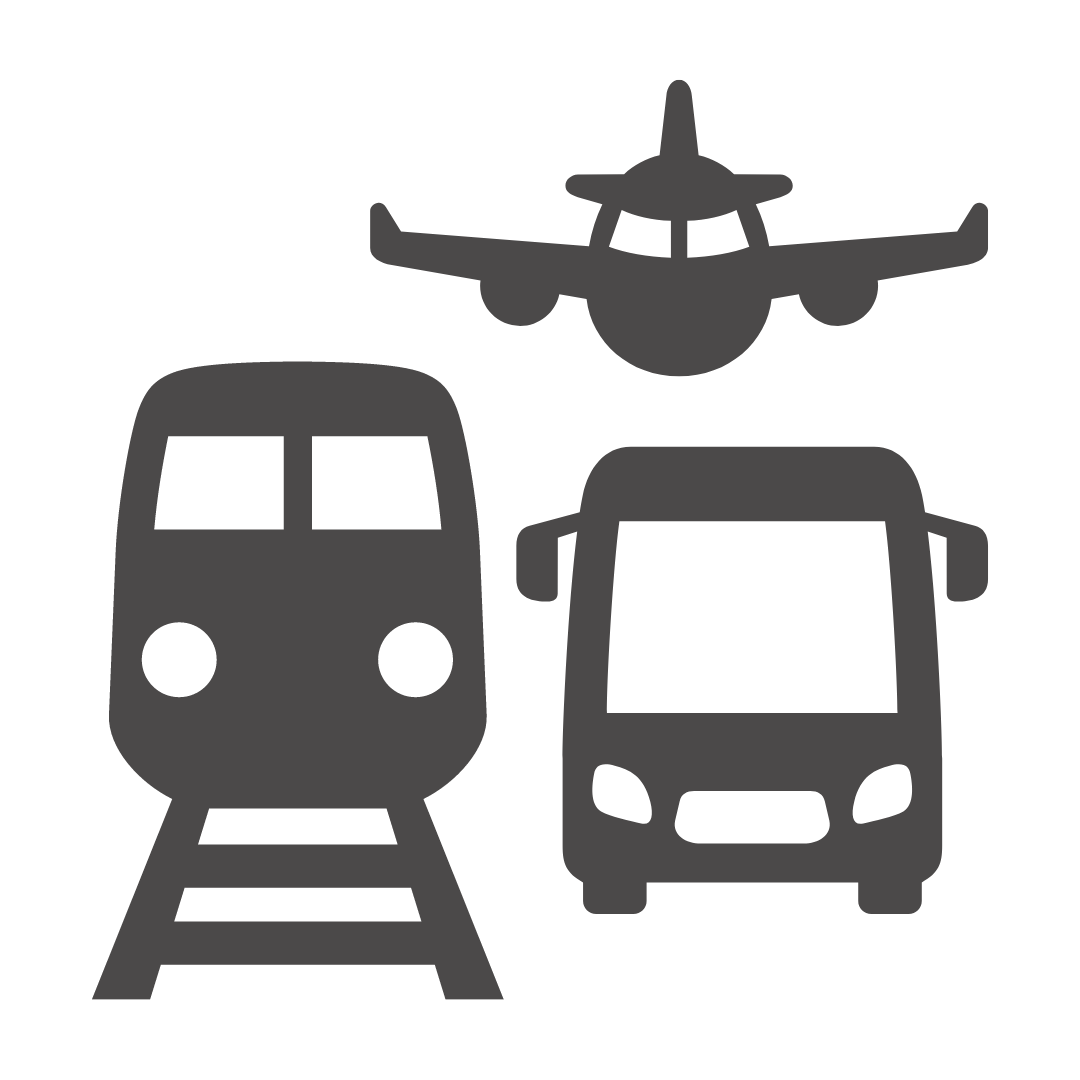
Upwind vs Downwind Aviation: What's the Difference?

If you are interested in making a career in Aviation or are someone like me who is always eager to learn something new, then the new thing that it's sure to fascinate you is understanding Upwind vs Downwind. Wondering what is it? What's the difference between both? How is it useful in Aviation? If these are the questions that are bombarding your brain, then don't worry, pal, as there is a whole article on understanding the difference between these two important terms used in Aviation:
Upwind vs Downwind: Definition
Both the Term Upwind and Downwind refers to the direction of the Wind in accordance with the aircraft. Upwind is a term referred to denote the wind direction from where it is blowing, while Downwind is a term used to denote the wind direction in which it is blowing. In aviation, wind direction plays a major role, which is why it is important to note the wind direction in which it is blowing.
- Upwind- towards the source of the Wind
- Downwind- away from the source of Wind
Also read: How to Apply for Gold Seal Instructor
Downwind vs Upwind: Examples
- If there is a Southwest wind, then the Wind is flowing from the Southwest to the Northwest Direction. In this case, the Upwind is the direction that refers to the source of the Wind. So when an airplane flies Upwind, then it means that it is traveling against the direction of the Wind. While a plane flying Downwind refers to the plane flying with the Wind.
- If a person is facing North and the Wind is blowing towards the back, then the Wind is coming in from the South Direction. Here South is the Upwind direction while North is the Downwind.
Upwind vs Downwind Aviation: Traffic Pattern
At the time of take-off and landing, an aircraft typically flies on the runway in a rectangular traffic pattern. The pattern of aircraft traffic patterns is Upwind, Crosswind, Downwind, and Base.
Upwind:
- It is the leg of an airport traffic pattern that denotes that the aircraft is flying into the Wind.
- To the direction where the Wind is blowing from
Downwind:
- It is the leg of airport traffic that denotes that the aircraft is flying in the opposite direction of the takeoff or landing and is flying parallel to the runway.
- In the direction of the Wind, it is blowing towards
Upwind vs Downwind: Impact of Wind in Aviation
Let's examine the main distinctions between aircraft in the upwind and downwind directions.
- Since an aircraft flying upwind is traveling against the Wind, its ground speed—or speed in relation to the ground—is lower than its velocity. In contrast, due to the additional boost from the Wind, in downwind flying, the aircraft's ground speed is quicker than its airspeed.
- Flying upwind uses more fuel since it takes more effort for the airplane to keep its airspeed against the headwind. Contrarily, downwind flight uses less gasoline since the Wind helps the aircraft, which lowers its overall fuel consumption.
- Compared to downwind aviation, upwind aviation has slower ground speeds, making it take longer for an aircraft to reach its target. This increases the speed at which downwind aircraft can traverse great distances.
- Flying in an upwind environment presents difficulties during taking off and landing because of the increased airspeed needed to combat headwinds. In contrast, downwind flying offers more comfortable takeoffs and landings since the tailwinds help to lower airspeed.
Downwind vs Upwind: Other Applications
Apart from aviation, Upwind and Downwind have other uses in the areas of sailing and hunting. Sailors use the terms Upwind and Downwind to know about the direction the boat is sailing. As sailing Upwind can be challenging whole, sailing Downwind is way more convenient. Hunters use the direction of the Wind to avoid detection by their prey. While in the field of Meteorology, the terms are used to denote the trajectory of air along a ridge or trough.
No matter the context understanding the difference between Upwind vs Downwind does make an impact on making the right decision to take the right actions.
FAQs:
Sailing or flying against the Wind can be challenging, i.e., Upwind direction makes it difficult to continue the operation while Downwind makes it easier.
The direction of the Wind from which the Wind is coming or blowing is known as Upwind.
The direction of the Wind in which the Wind is blowing is known as Downwind.
Here are two ways of finding out the direction you are flying in from Upwind vs Downwind:
- If you are flying over a fixed point on the ground, such as a road or a building, and it appears to be moving away from you, then you are most likely flying downwind.
- Another way is by observing the direction of smoke or other particles in the air. If they are being carried away from you, it is a sign that you are flying downwind.






















